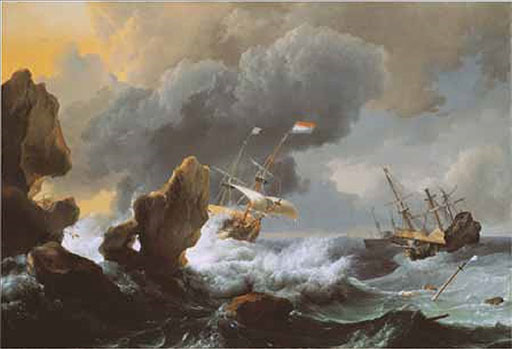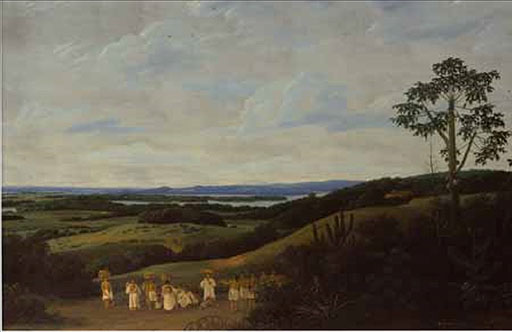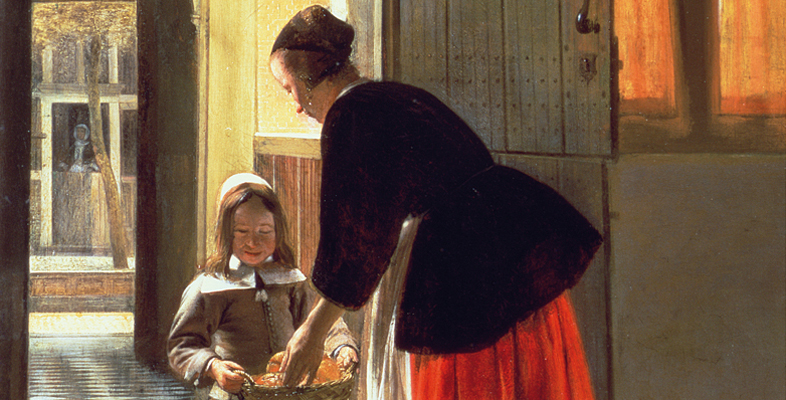7 The role of conventions
Schama’s approach represents a partial return to the position adopted by earlier writers such as Hegel and Fromentin, who drew a close connection between the emergence of the Dutch nation state and characteristic features of Dutch seventeenth-century painting. However, Schama’s recognition that the paintings he discusses are ‘highly selective and value-laden’ also accords with more recent studies that emphasise the role played by ‘conventions’ – or what we might term shared strategies of representation – in shaping both the form and the content of seventeenth-century Dutch paintings.

A remarkable study by the art historian Lawrence O. Goedde, in which he focused his attention exclusively on depictions of storms at sea and shipwrecks in Netherlandish art (Figure 24), revealed that out of the several hundred such pictures that still survive the vast majority conform to just six major types. According to Goedde, ‘Each type possesses a distinctive range of incident, setting, and weather and a characteristic treatment of composition and light, giving each a consistent range of expression and meaning.’ (Goedde, 1997, p. 129) In the paintings that Goedde examined, the same basic structures and motifs reappear again and again, suggesting that artists were working in accordance with a recognisable set of conventions that governed what could and, equally importantly, could not be represented. Moreover, by comparing the paintings with first-hand accounts of sea voyages and the numerous documents relating to maritime trade, he was able to demonstrate how much is not shown and how limited is the selection of suitable subjects.

The issue of selectivity casts further doubt on the ‘realism’ of Dutch art. Contemporary observers have noted the paucity of images that depict the Netherlands’ colonial exploits, even though this was one of the main sources of its trading and financial power. Paintings by artists such as Frans Post (1612–80) (Figure 25) and Albert Eckhout (1610–66), who travelled to the Netherlands’ colonies in Brazil, are an important exception, but here, too, artists seem to have relied on formulaic models to describe an unfamiliar environment. There are also surprisingly few paintings that record contemporary historical events, such as naval battles and other military conflicts. Despite his description of Dutch art as ‘the portrait of Holland, its external image, faithful, exact, complete, life-like’, Fromentin noted that although the country was involved in continual war in the seventeenth century, there is little trace of this in its painting (Fromentin, 1948 [1876], pp. 96–7 and pp. 109–11). More recently, Seymour Slive has written of ‘the false impression we get of life in the republic after the signing of the Peace of Münster if we derive it from celebrated Dutch paintings of tranquil domestic scenes’ (Slive, 1995, p. 3) . Once we recognise that pictures construct as well as reflect meaning, it is clear that, for all its apparent directness, Dutch seventeenth-century painting cannot be interpreted as a ‘neutral’ representation of contemporary life.
